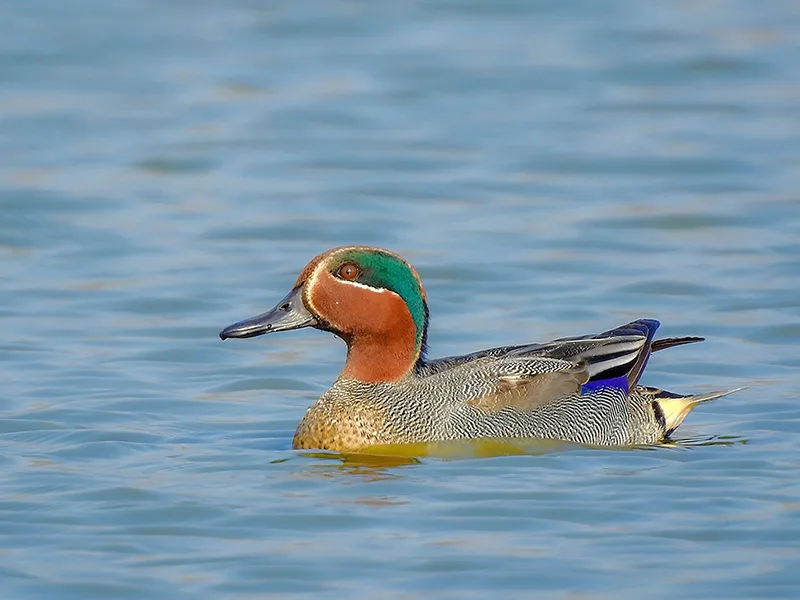The Valley’s wetlands were once again brought to life early this year with the flutter of wings and vibrant calls of migratory birds, as over 1.34 million waterbirds representing 67 species were recorded across 26 wetlands in Kashmir during the Asian Waterbird Census (AWC) 2025.
The census, a copy of which is with Rising Kashmir, captured a stunning spectacle of nature, 1,343,506 birds making their seasonal home in the Valley after long migrations from Central Asia and beyond.
Leading this avian influx was the Eurasian Teal (Anascrecca), with an impressive 292,039 individuals, accounting for 22.17% of the total bird population counted. Trailing closely were the Mallard with 226,023 individuals (17.16%) and the Northern Shoveler (209,715; 15.92%). Other prominent species included the Northern Pintail (166,971), Gadwall (139,141), Eurasian Coot (93,417) and Eurasian Wigeon (72,378).
Together, these seven species comprised over 91% of all waterbirds counted during the census, underscoring their dominance in the Valley’s wetland ecosystems.
Among the wetlands surveyed, Hokersar topped the list by hosting 29.97% of the total bird population, followed closely by Shallabugh (29.44%). The remaining 40.59% were spread across smaller water bodies such as Wular, Pampore backwaters, Manibugh, and Kranchoo, among others.
The vast and varied landscape demanded a coordinated effort. Over 160 volunteers, including students from University of Kashmir, SKUAST-K, members of NGOs, and local birding groups, participated in the week-long exercise. Equipped with binoculars, datasheets, and a shared passion for conservation, they monitored birds from 54 vantage points, including 11 across Wular and five in Hokersar.
Experts say the findings once again affirm the Valley’s wetlands as critical wintering grounds for migratory birds that navigate ancient flyways stretching from Europe and Central Asia to the Indian subcontinent.
“This census is not just about numbers,” a senior conservation officer told Rising Kashmir. “It’s a reminder that these wetlands are sanctuaries where continents meet, and where survival depends on our ability to protect these fragile habitats.”





